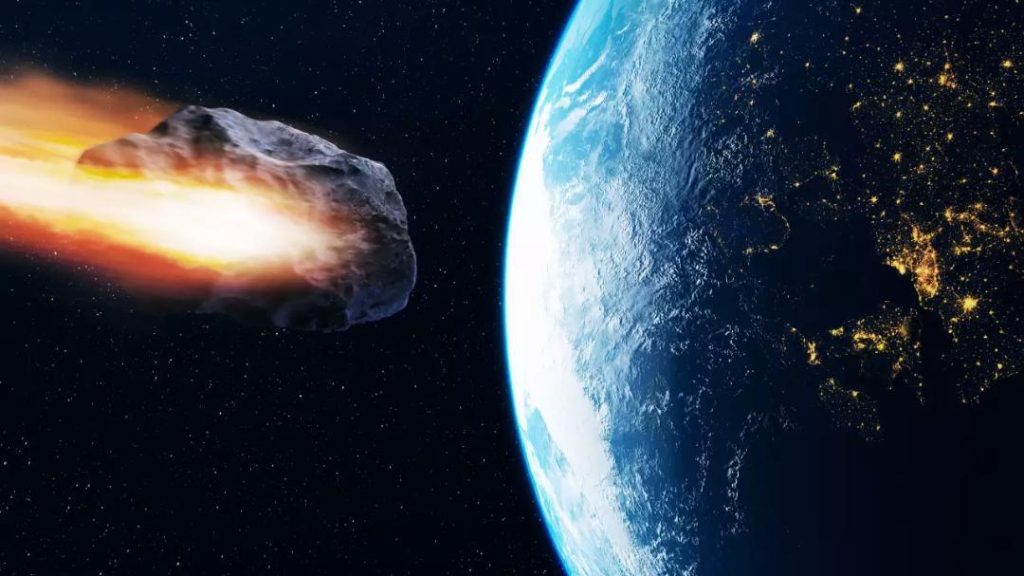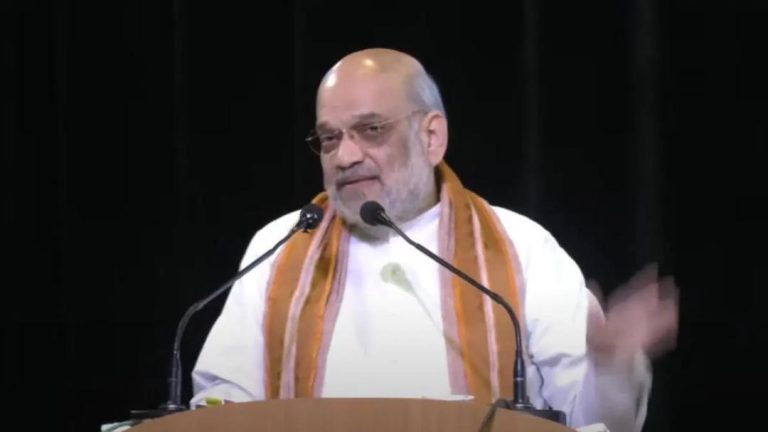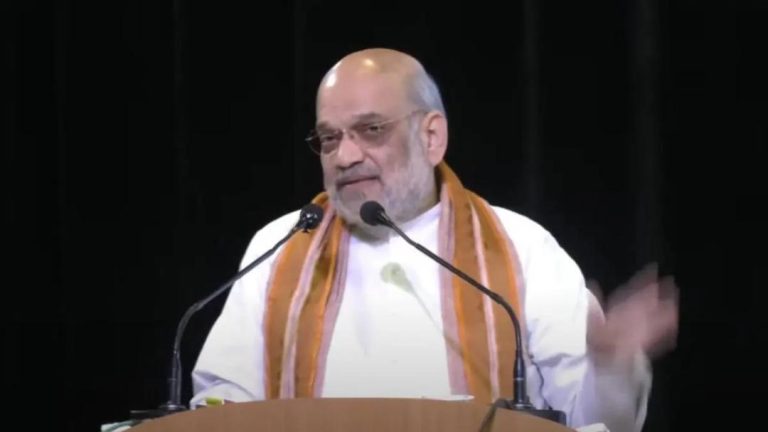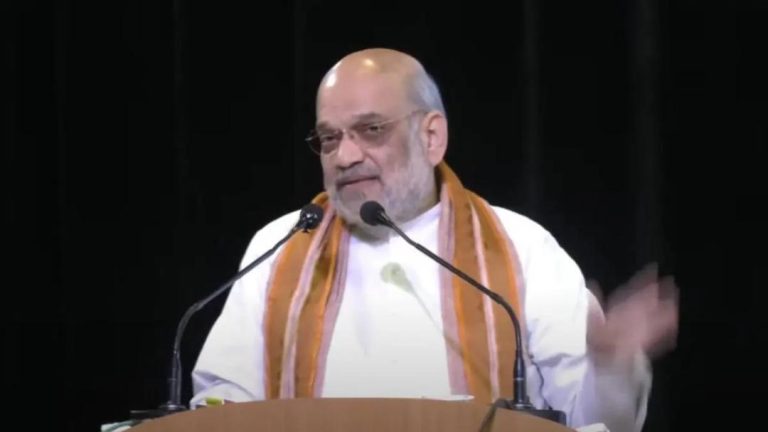
Mumbai & Kolkata on path of asteroid nicknamed ‘City Killer’: Reports
A recent report has sent shockwaves across the globe, warning that two of India’s most populous cities, Mumbai and Kolkata, could be in the line of fire if a massive asteroid, nicknamed the ‘City Killer’, hits Earth in 2032. The asteroid, officially known as 2024 YR4, has left scientists and residents alike on edge, with its predicted path crossing paths with these two densely populated cities.
According to reports, if the asteroid were to make landfall, it could trigger “severe blast damage” within a 31-mile radius of the impact site. The potential devastation is catastrophic, with experts warning of widespread destruction and loss of life. The asteroid’s predicted path also includes other massively populated areas, including Bogota in Colombia and Lagos in Nigeria.
So, what is this ‘City Killer’ asteroid, and why is it causing such concern? Let’s break it down.
What is the ‘City Killer’ asteroid?
Asteroid 2024 YR4, commonly referred to as the ‘City Killer’, is a massive space rock estimated to be around 1,100 feet in diameter. To put that into perspective, that’s roughly the length of a 36-story building. The asteroid was discovered in December 2024, and since then, scientists have been tracking its path and monitoring its size and speed.
Why is Mumbai being linked to the ‘City Killer’ asteroid?
Mumbai, India’s financial capital, is being linked to the ‘City Killer’ asteroid due to its predicted path. According to reports, the asteroid is set to pass close to the Earth’s surface, with some estimates suggesting it could come as close as 12,000 miles. While that may seem like a safe distance, experts warn that even a small miscalculation could put the city in harm’s way.
Mumbai, with its population of over 12 million people, is one of the most densely populated cities in the world. The potential impact of the asteroid could be catastrophic, with widespread destruction and loss of life a very real possibility.
Why is Kolkata also at risk?
Kolkata, India’s cultural capital, is also on the predicted path of the ‘City Killer’ asteroid. The city, with a population of over 4 million people, is another densely populated area that could be affected by the asteroid’s impact.
Kolkata’s proximity to the Bay of Bengal and its low-lying terrain make it particularly vulnerable to the asteroid’s potential impact. The city’s infrastructure and housing are also prone to damage from natural disasters, making it a high-risk area.
What are the potential consequences of an asteroid impact?
If the ‘City Killer’ asteroid were to hit Earth, the consequences would be devastating. The impact could trigger massive earthquakes, tsunamis, and fires, with the blast radius potentially affecting millions of people.
The economic impact would also be severe, with infrastructure, transportation, and communication networks severely damaged. The long-term effects would be felt for generations to come, with the potential for widespread environmental damage and loss of biodiversity.
What can be done to prevent an asteroid impact?
While we can’t predict with certainty whether the ‘City Killer’ asteroid will hit Earth, scientists are working tirelessly to track its path and prepare for the worst-case scenario.
One of the most effective ways to prevent an asteroid impact is through early detection and warning systems. By monitoring the asteroid’s path and size, scientists can provide critical minutes or even hours of warning before impact, allowing for evacuations and emergency preparations.
Another crucial step is to develop and test asteroid-deflecting technologies. These technologies, such as kinetic impactors or gravity tractors, could potentially alter the asteroid’s course, preventing a collision.
Conclusion
The ‘City Killer’ asteroid has sent a chilling warning to Mumbai, Kolkata, and other cities around the world. While the prospect of an asteroid impact is daunting, it’s crucial that we take proactive steps to prepare for the worst-case scenario.
By staying informed, supporting scientific research, and advocating for asteroid detection and deflection technologies, we can work together to ensure the safety and security of our communities.
Source:






